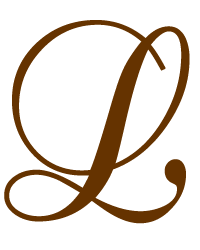Fondat 2009 • ISSN 2065 - 4200 Anul 17 → 2025
The metapainting of imagery collections / „METACOLLECTIONS” by Lucian Brumă
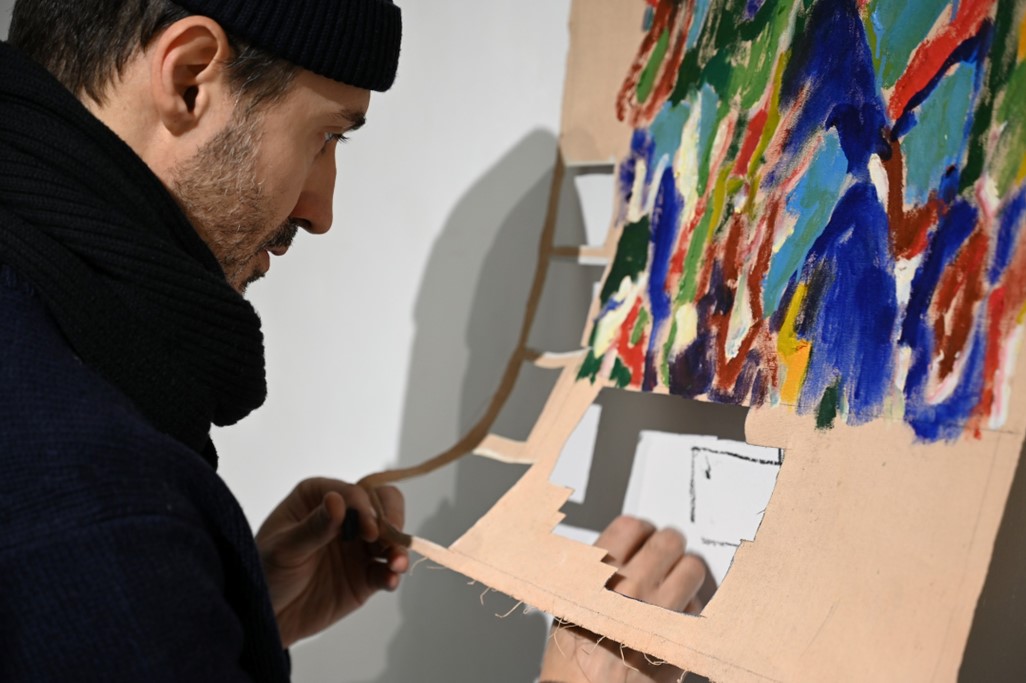 Lucian Brumă’s pictorial practice puts practitioners and art theorists in front of the concepts of metapainting, of mise-en-abyme technique (a formal technique of placing smaller copies of images inside the painting, which seems to repeat itself endlessly), but also introduces them to an experimental pictorial discourse with hybrid language. The artist’s research focuses on our way of seeing, on perceptions, on how to read images and all the factors that can intervene in these complex processes.
Lucian Brumă’s pictorial practice puts practitioners and art theorists in front of the concepts of metapainting, of mise-en-abyme technique (a formal technique of placing smaller copies of images inside the painting, which seems to repeat itself endlessly), but also introduces them to an experimental pictorial discourse with hybrid language. The artist’s research focuses on our way of seeing, on perceptions, on how to read images and all the factors that can intervene in these complex processes.- Lucian Brumă’s metapaintings, organized by the artist in metacollections, question different ways of looking and seeing. These series of works were presented in the last years in three exhibitions, and the curators with whom the artist worked are the art critic and theoretician Cătălin Gheorghe and Irina Ungureanu.
- The „METACOLLECTIONS 2.0” exhibition project is the third stage of the artistic research carried out since 2018, which took shape in the exhibitions „TELL ME WHAT YOU SEE: METACOLLECTIONS” (2023) and „ACID HISTORIES IN INTERRUPTED VORTEXES” (2021).
- The british art critic and artist John Berger, author of the famous critical essay „Ways of Seeing”, based on which BBC made the documentary with the same title, speaks among other things about the fact that „seeing is never a neutral action, our perceptions are less spontaneous and the way we look is influenced by a number of factors and cultural conventions”. Thus „looking is a choice, and we don’t just see something, we see the relationship between that something and ourselves”, argues Berger. In other words, we see everything with a strong shadow of subjectivism, even at times when we claim to be objective, or we do not see things as they actually are, but as they are reflected in who we are. The same thing seen by several individuals has a number of interpretations and ways of being viewed equal to the number of observers.
- „The artist problematizes the different ways of looking in an ambivalent sense and draws attention to the fact that the one who looks is not only the spectator, but he himself is looked at, questioned, challenged, in a game of perceptions carefully orchestrated behind the scenes by the artist”, points out Irina Ungureanu. These series of works are part of an extensive research for his PhD thesis.
- Irina Ungureanu: „METACOLLECTIONS 2.0 represents the updated and expanded version of working with image databases and collections of visual resources that I use and reuse in order to obtain new painted images, derived from them. The meta dimension of image collections and implicitly of the pictorial discourse aims to refer to the importance and role of the visual, therefore of the image in contemporaneity, as well as their abundance (of images) today. Personal artistic endeavor explores and reflects on the nature of art and the artistic process itself, questioning representation itself, meaning and perception in art.
- From this point of view, the concern for metapictorial practices include self-reflexive elements, obtaining an image whose painted subject is another previously painted image. If in general, metapainting aims to provoke critical thinking about the nature of art, highlight aspects of representation and raise questions about how we perceive and interpret works of art, the proposed discourse explores the limits and conventions of art, urging viewers to reflect on their own involvement in the process of artistic creation and the way they see and understand art.
- The exhibition Tell me what you see: Metacollections is a mise-en-abîme of themes that postmodernity has outbid and without which today modern and contemporary art could not legitimize its identity: self-referentiality, the discourse on the image, the reflection on painting mechanisms. And the fragment is the access key that makes possible the installation of this puzzle of images – suggestively called meta-collections – which the artist places, two- and three-dimensionally, before the viewer’s eyes.
- Metapainting is, therefore, the nodal point of the research on which the exhibition is articulated, in a discourse that seems to privilege, at the same time, the specular side of the image, oriented both to the inside and to the outside, as defined by Victor Ieronim Stoichiță. (…) For Lucian Brumă, painting is a continuous process that involves permanent recontextualizations of one’s own works, returns, resettlement in layers, recompositions. Seen through the lens of the past, this exercise is reminiscent of pentimenti (in Italian, the term comes from the verb pentirsi – to repent), a technique by which artists returned to their own painting, correcting imperfections or structuring it in a different way.”
- Cătălin Gheorghe, in the context of the exhibition „ACID HISTORIES IN INTERRUPTED VORTEXES” (May 2021):
- „The act of painting is similar to the act of writing, in a language common to those who live beyond the banality of ultimate reality.
- Lucian Brumă’s painting is based on a research process, refined experimental, which, at the level of a primary intention, agrees with an interest in exploring different ways of representing the (self) structuring of memory, but which, at the level of an emancipated reception , resonates with empathic intersections however variably emotional. (…)
- For Lucian Brumă, each layer of color, fragment of canvas and pictorial material, subjected to processes of testing and refunctionalization through recontextualization, corresponds to the affirmation of an age, the unveiling of a period, the intimate recording of a history.
- On a filter paper, the acid leaves a visual imprint; similarly, history can react with a chemistry of its own to its mode of recording. In the vorticist conception, energy intersects space and shares forms, creating patterns of angles of view and lines of flight. Lucian Brumă interrupts the process of forming a composition with precise edges, suspending the marking of temporality before the acidity of history has its effect”.
- Notes from the artistic journey
- Lucian Brumă, born in 1976 in Bârlad, Vaslui county, works professionally in Iași, being a university assistant at the Painting specialization of the „George Enescu” National University of Arts in Iași. In 2022, he obtained a PhD in Visual Arts at the National University of Arts in Bucharest.
- Personal exhibitions include Metacollections 0.2 at Galeria Aparte, UNAGE Iași, 2023-2024; Tell me what you see: Metacollections, curator Irina Ungureanu, Borderline Art Space, Iasi, 2023; Acid Histories in Interrupted Vortexes, Aparte Gallery, Iași, 2021, No(w) Filters for Memory, Estopia Art Gallery, Bucharest, 2020, Testimonies of an unlived life, Borderline Art Space, Iași, 2017, Think about the Box, Aparte Gallery , Iasi, Samādhi, Nicolae Tonitza Galleries, Bârlad, 2016 and Rules outside the game, World Bank, Bucharest, 2014.
- He participated in numerous group exhibitions such as Art Theorema #3, curators Claudio Scorretti, Irina Ungureanu, Fondazione Imago Mundi – Gallerie delle Prigioni, Treviso, 2023, at Galeria Estopia (Innocence projects, 2021 and Blurred Is the New ID, 2020), Bucharest, 2020; ARTIS annual exhibition, 2019; Drawing Salon, Accademia di Romania in Rome and the National Salon of Contemporary Art from MNaR, Bucharest, in 2018; Erotica, Pallady Gallery, Iasi, in 2017; Levels of reality, Galeria Aparte, Iasi, 2015 and beyond.
- Find out more about Lucian Brumă by accessing:
https://lucianbruma.com/events/
https://estopiaartgallery.com/artists/lucian-bruma-works/
https://www.saatchiart.com/lucianbruma
https://uapriasi.ro/artist/lucian-bruma/ 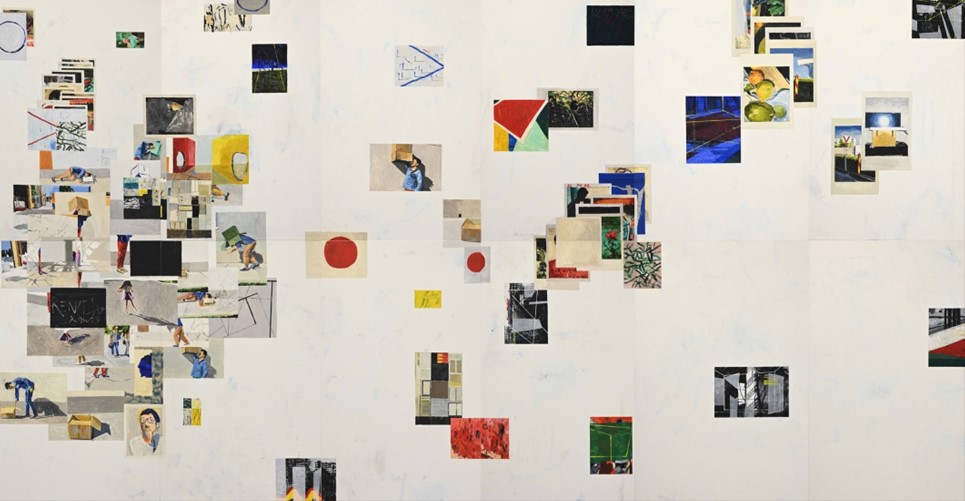
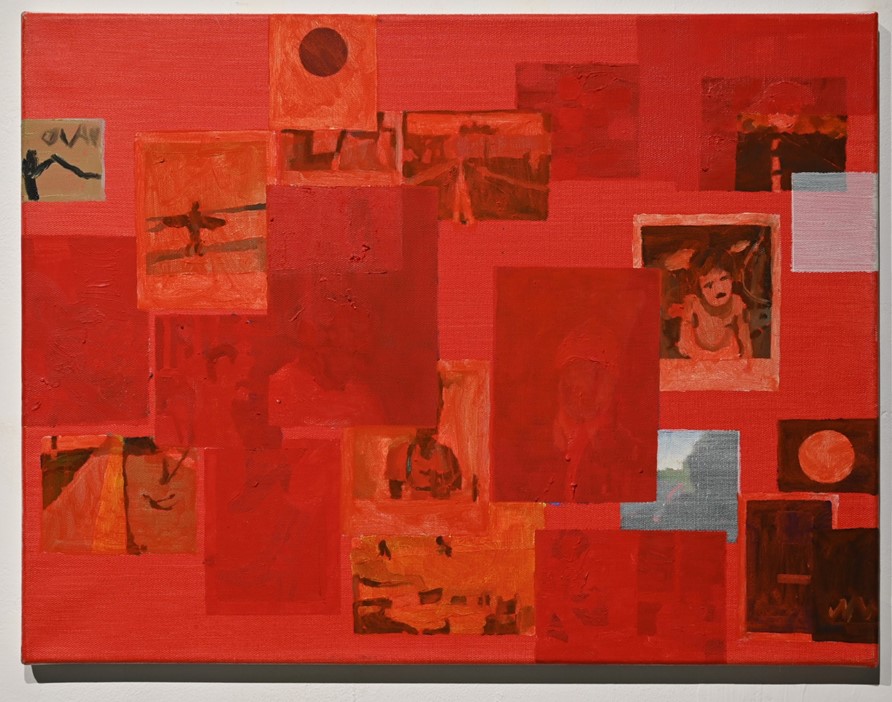
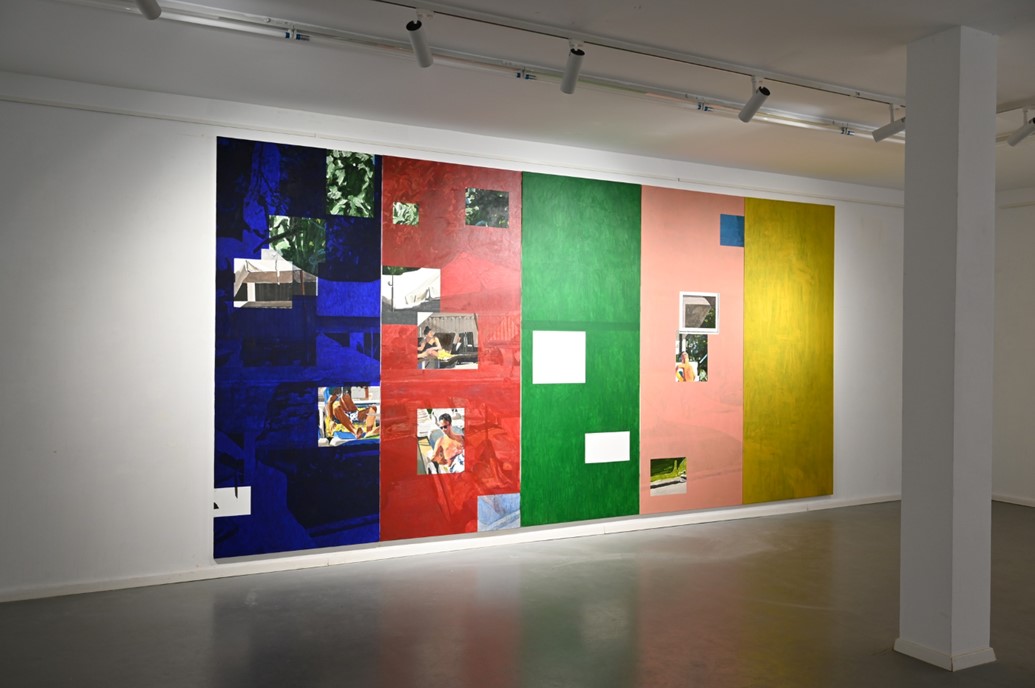
Drept de autor © 2009-2025 Revista Luceafărul. Toate drepturile rezervate.
Revista Luceafărul foloseşte cu mândrie platforma de publicare Wordpress.
Server virtual Romania
